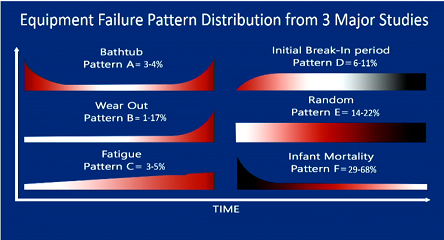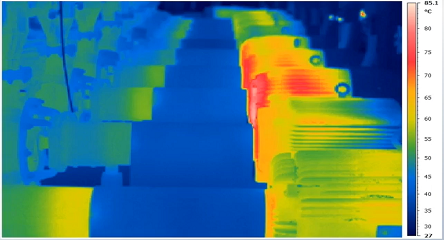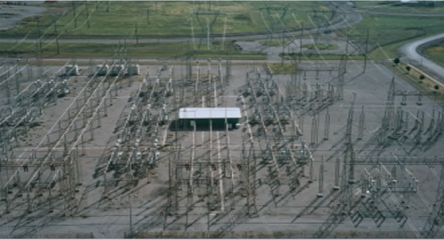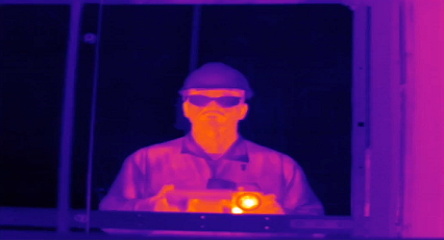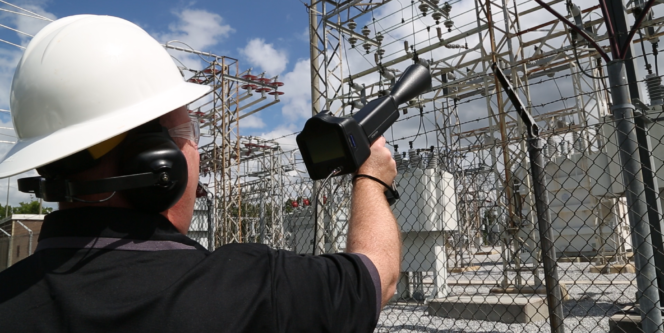Preventing Crisis on the High Seas by Adding Infrared Windows Inspection Capability
Overview:
Most would agree that infrared thermography is a widely accepted preventive maintenance technology both for land-based facilities and maritime applications. Furthermore, we all instinctively know that planning and carrying out regular equipment maintenance is better than no maintenance at all. Electrical equipment and electromechanical assets like motors, especially on ships where both vibration and airborne contamination can be problematic, are often susceptible to sudden unexpected failure. Maintenance and repair are not easy tasks on a vessel at sea, so every three to five years, cruise lines send their ships into dry-dock for both major aesthetic upgrades and renovations, as well as for routine maintenance upgrades. In addition, the pressure of the NFPA 70E requirements as well as corporate safety initiatives have propelled the maintenance and reliability engineers to implement more restrictions on their condition-based monitoring programs for energized equipment. Planned Maintenance System (PMS) is now available on every ship and includes, but is not limited to, infrared thermography and ultrasound testing for bus bars, transformers, power distribution panels, pumps, switchboards, MCC, circuit breaker panels, bearings, motors, steam traps and more.
Analysis of Current Inspection Program
A large cruise ship builder approached IRISS after completing their research and determined that their fleet of ships should retrofit Infrared Windows as an alternative method of conducting safer, standards-compliant inspections.
The reliability of the main systems and the subsystems as well as critical electrical equipment was identified and the IRISS VPT-75 three-inch diameter round windows were installed into dry transformer panel covers in the engine room.
It was determined that more frequent inspections of energized equipment could be attained by retrofitting Infrared Windows for routine inspections of the equipment which did not trigger elevated levels of PPE required per NFPA 70E, thus also reducing inspection time and maintenance costs. The team decided to integrate infrared thermography into the PMS as a first line of defense, and thermal imaging is now being used to capture baseline images and trends on the critical electrical equipment.
With the Infrared Windows installed, there is no requirement to remove panels or wear cumbersome arc flash rated suits, hoods and face shields. In addition, inspections were now performed on electrical equipment that had previously been considered “un-inspectable” due to overly high arc flash incident energy levels for which the personnel did not have appropriate PPE.
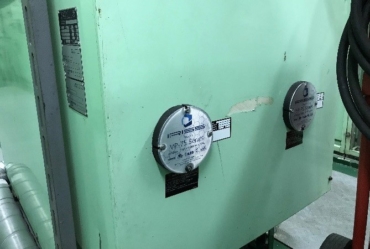
The above photo shows a dry step-down transformer with the VPT-75 installed.
The Process
In this case, the step-down transformer equipment was identified, and the correct size and placement of the infrared window was determined. When the ship was brought into scheduled dry-dock, the equipment was completely de-energized to make sure it was safely isolated, locked out and tagged out. Once de-energized, the electricians removed the covers and the Infrared Windows were retrofitted. Approval to re-energize and operate the equipment was obtained and locks and tags were removed. The electricians confirmed the equipment was operating at normal load levels and allowed sufficient time for the equipment to become thermally stable. Infrared thermography was then performed on the equipment and any issues were noted. Inspections are now scheduled on a semi-annual basis and spot checks are performed whenever there is any suspicion of a problem due to other warning signs being picked up by the maintenance and operations staff.
Results
A huge ROI with savings in time and money was achieved with the implementation of IRISS transparent patented polymer Infrared Windows. This allows more frequent inspections and, additionally, NFPA 70E safety compliance was also achieved. Even though many of the practices are similar in the marine industry to those of land-based thermography, there are different potential problems, concerns and safety issues that most land-based thermographers would never think of or encounter. Thermography for the marine industry is just as important and vital to overall reliability as it is to our land-based clients.


